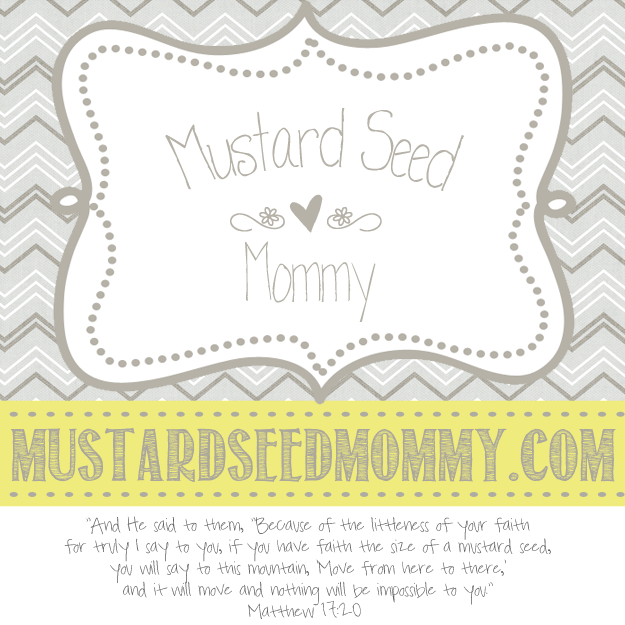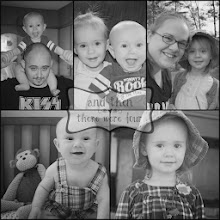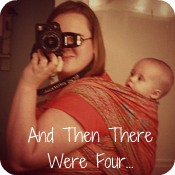Why Babies NEED to be worn:
- Wearing/holding increases oxytocin, the bonding hormone, and can help new mothers reduce depression and increase milk supply.
- Wearing/holding helps newborns regulate their body temperature, breathing, and heart rate.
- Wearing/holding means baby's needs will be met sooner, reducing the stress on both mother and baby feel from crying.
- Wearing/holding baby tummy-to-tummy position helps the baby develop muscles, head/neck control, and visual accuity. "Tummy Time" is really only necessary for babies who spend a majority of time in fixed positions, such as in a crib, car seat, swing, etc.
- Wearing/holding baby in an upright, tummy-to-tummy position reduces gas pain and reflux.
- Wearing/holding baby helps baby's cognitive development and emotional security. By being able to see mom's world, watch her reactions, and watch her work, baby spends most of the day learning. Also, studies show baby hears much larger amount of language when worn than a baby would hear otherwise. (Essentially, you talk to a baby you can see)
- Strangers in public are far less likely to touch baby, reducing spread of unfamiliar germs.
Why MOM needs to wear:
- Mom can go places without carrying bulky or heavy equipment. (How soon post-partum would YOU want to carry a 15 pound car seat?)
- Mom can get things done at home being hands-free. You can even hands-free feed!
- Baby cries less reducing mom's stress.
- Wearing can help reduce depression and increase milk supply.
- Promotes bonding and attachment.
Baby's Physical Needs
A newborn baby has almost no motor control at birth. Muscles are tense, tendons are short, and it takes all the energy available just to eat, breathe, and sleep. A newborn cannot see much at all, maybe several inches away in poor focus (enough to latch on while breastfeeding). At this stage, the baby needs to be kept in a relatively fetal position. Knees should be bent, back should be hunched roundly. The "starfish" or "crotch-dangler" shape found in most carriers actually can dislocate the baby's hips and put pressure on his/her soft, flexible spine. Blood flow to the legs is almost always reduced, giving the baby blue legs. Great care is also needs to be taken to ensure the baby's chin isn't to his chest. This position makes it very hard to breathe and without head control to move, a baby could suffocate in minutes. The most natural solution is to carry the baby with his head resting on your chest or shoulder.
As the baby grows, he can see a little more clearly. Most babies can see about the distance from mom's chest to her face after a few months, and he/she will start to enjoy seeing faces. Beyond that distance, the world is still quite blurry. Head/neck control is something that takes effort, and the baby can become frustrated if too much work goes into looking around, which usually ends in fussing and banging his face on mom's chest. At this point, many misinterpret this as the baby's desire to face out and "see the world", but the baby's focal distance is still not enough to see much. In fact, facing out puts MORE strain on the baby's tired neck, resulting in a slumped position where he rests his face on the carrier's edge. Facing out also adds the problem of the baby bearing weight on his chest, reducing the expansion. Hip and legs are unsupported. A high back carry in a wrap helps, or a hip carry. In this way, he/she can still rest when tired.
As the baby gets older, care needs to be taken to ensure his carrier still supports knee-to-knee. This position gives the child a good seat, ensuring his comfort and mom's as a seated child supports some of his own weight. Most babies with good head/neck control who are sitting up can be back-carried to give the added benefits of a good view and a safe distances from reaching items.
Description of Being Carried in a "Crotch-Dangler" (Bjorn type carrier)
Pick your child up facing your body, hand under his/her bottom. See how his/her legs naturally go? Knees up, legs bent, wrapped around you. This position keeps the stress off his/her spine and keeps his/her hips forming correctly.
Now look at the position the "crotch-dangler" uses. He/She is supported essentially by a huge 'wedgie', legs dangling over nothing. His/her spine is compressed or arched and stressed. His/her legs have NO support. His/her hips are actually nearly dislocated (babies are NOT meant to have straight legs like adults). If you're facing him/her tummy to tummy against you, her knees are being flexed BACKWARDS each time you step. Ouch! If he/she is facing out, he/she is being supported by his/her weight on his/her crotch and his/her breastbone. This makes it hard to breathe, stresses him/her out, and leaves him/her staring at the floor much of the time.
Go over to a high couch or stool or something with a hard thin arm. Straddle it and take your feet off of the floor. Struggle to balance. Feel that pressure. Now imagine that is the only position you can be in for hours while mom shops. This is your "crotch-dangler"
Here are some more links to great articles with information about baby wearing:









No comments:
Post a Comment